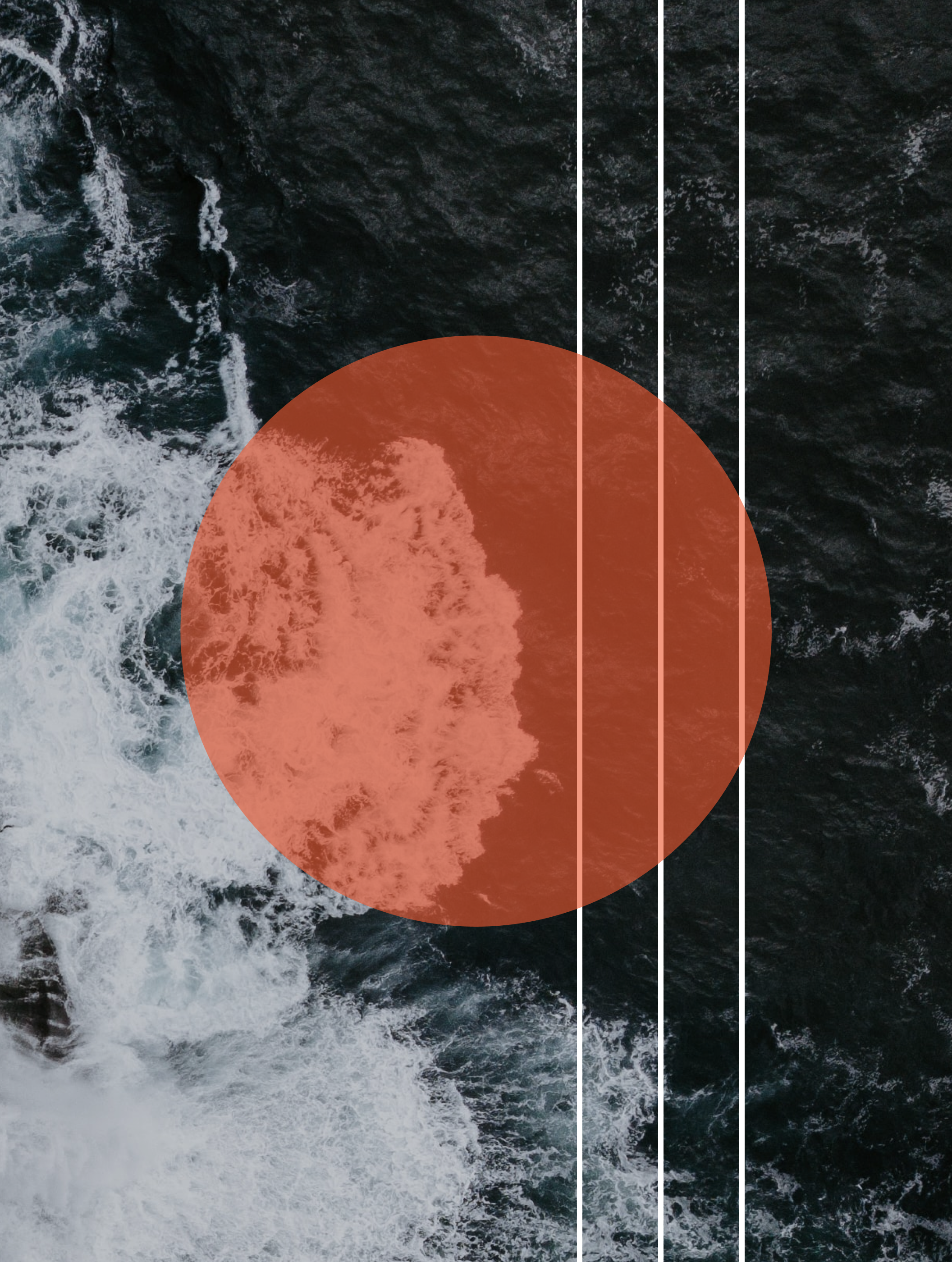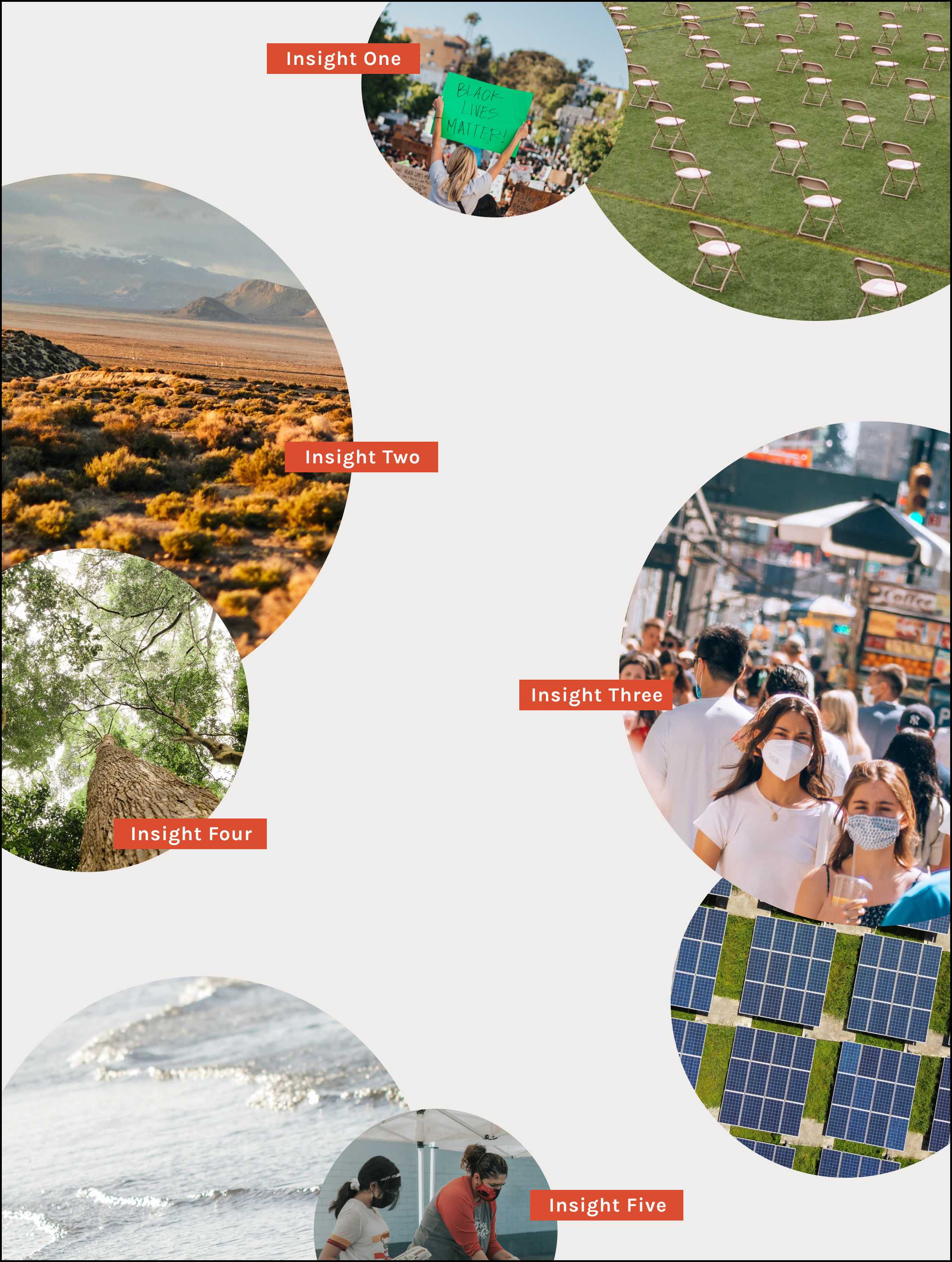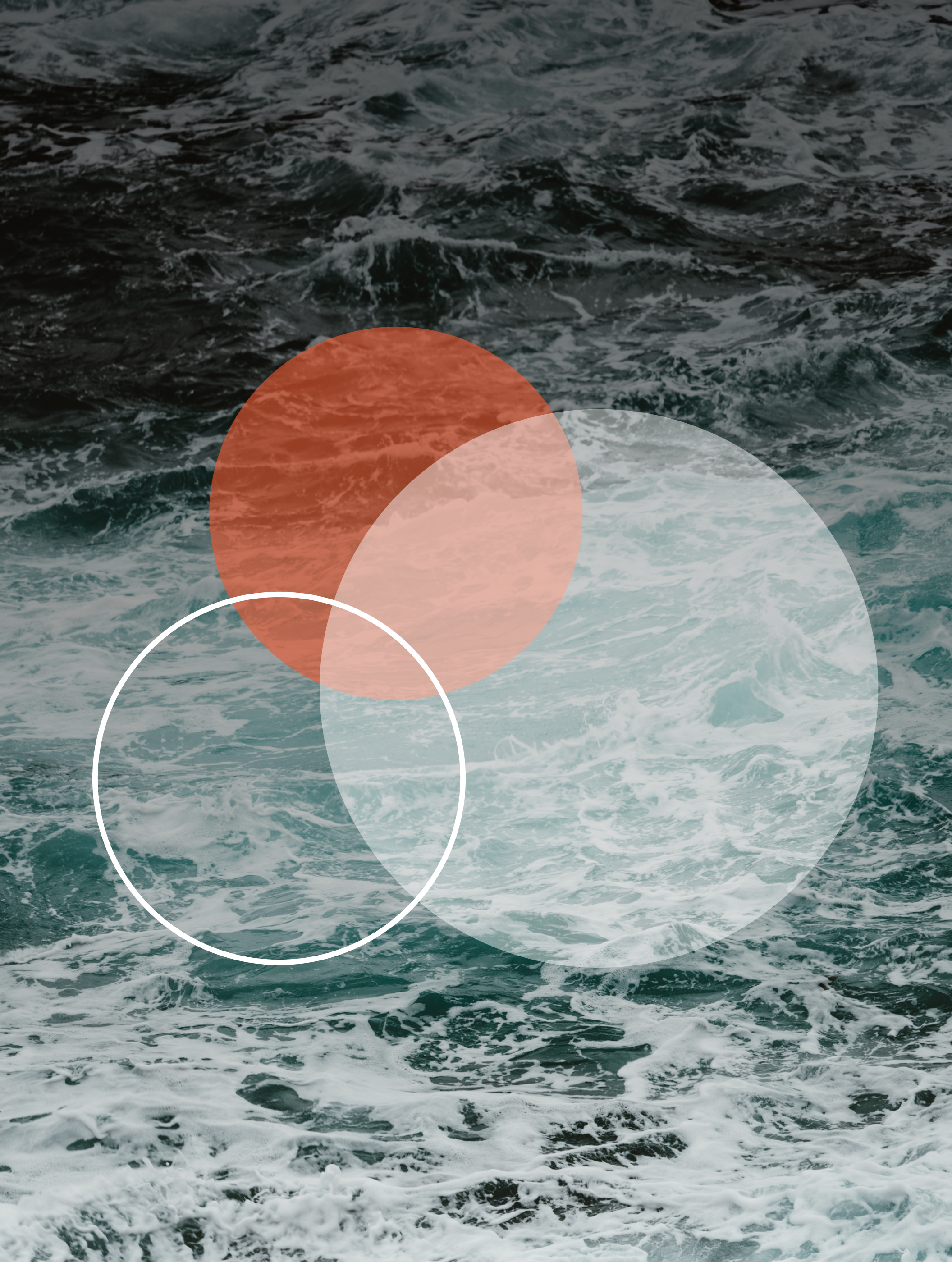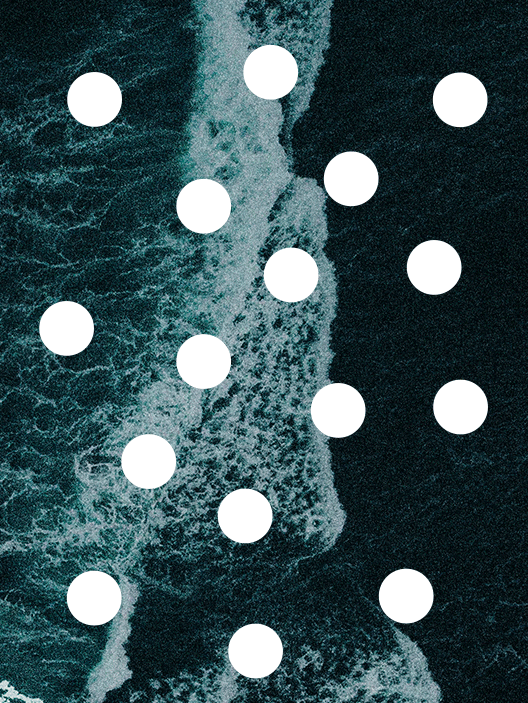Andrew Phelps joined The Atlantic in March 2019. In that time, he and his team have been on a journey to reimagine the experience of our most fundamental product: the story. We checked in with Andrew on his accomplishments so far, plans for The Atlantic’s future, his philosophy on building a culture of creativity, and more. See below for excerpts from our conversation.
On the most important considerations for product design
I think it is important that everything we build: 1) meets a real need that our audience has and 2) is built to a really high standard of excellence. The Atlantic is trying to assert itself in design, user experience and, of course, in journalism. We take extra time to do research to make sure that what we are building resonates, that our work is accessible to people with different abilities, and that we are respectful of our users’ privacy.
On building teams that build great products
At The Atlantic, we’re building a culture of creativity and collaboration across disciplines. I like to build teams that bring journalists, product folks, design, engineering, research, and marketing, and give them ownership of a shared problem. I think that’s a really important cultural bridge we are building.
It’s a new way of thinking, a new way of working together, as well as a higher standard of excellence for the products we are making.
“That legacy doesn’t mean doing the same things the same way; it means holding on to the values that made us who we are but taking a fresh look at the way we do things.”
On creating a visual language
This summer, The Atlantic introduced “Shadowland,” our first immersive journalistic series centered on the power and danger of conspiracy. Andrew told us about how the project came to life and how a culture of creativity and collaboration led us to a digital experience worthy of the ambition of the journalism involved.
“Shadowland” was a collaboration from the beginning. Adrienne LaFrance, our executive editor and author of the cover story, talked freely to our team of artists, designers, and engineers about what she had learned by attending Trump rallies, talking to conspiracy theorists, going into the dark web.
Then we started to talk about how we can translate those insights into a visual language for this project. And that’s what brought us to the great blinking-light logo and really cool “Shadowland” title art that you see on the main page. We had this goal that readers should feel like they are falling into the rabbit hole of misinformation, just like someone who might get caught up in conspiracy theories would feel. But instead of taking them to misinformation, we take them to really thorough reporting on the subject, really captivating reporting.
The journalism drove this project, and then it was fabulous design and engineering work that knitted it all together and created a really cool experience for people.
On working at legacy companies
I’ve spent my career working at legacy companies trying to create digital experiences. At every place I’ve worked, there has been a deeply ingrained culture and pride for the way things have always been done. So when I come to a company, I try to act like a cultural anthropologist. This requires a lot of listening, a lot of asking questions, a lot of empathy, and an assumption that it’s not bad just because it’s old—paired with asking tough questions about why the company has always done things this way.
When I was being hired at The Atlantic, I talked to Jeff Goldberg, editor in chief, and he said that he wants to be a really good steward of The Atlantic and to get us to our 200th anniversary. But he said being a good steward of the brand does not mean resting on our laurels; it means understanding what has made us great and then taking risks and pushing and trying to go further. That’s really important. That legacy doesn’t mean doing the same things the same way; it means holding on to the values that made us who we are but taking a fresh look at the way we do things.
On what’s next for product at The Atlantic
It is very exciting; we are working on a top-to-bottom redesign of our article page. This project is something that is going to touch the entire company. The article is the most common way we tell stories at The Atlantic, and it represents probably 98 percent of our traffic. It’s been a really fun exercise to go back to basics and ask, What are some new ways of telling stories that maybe we haven’t thought of before? What are ways that we can break new ground in visual storytelling and bring our photography and artwork to bear? How might we create more of a relationship between readers and writers?




